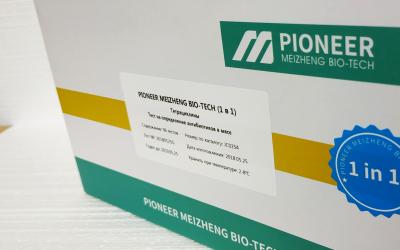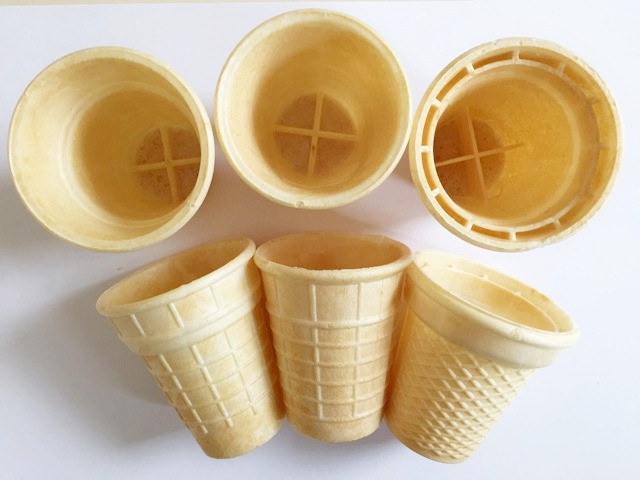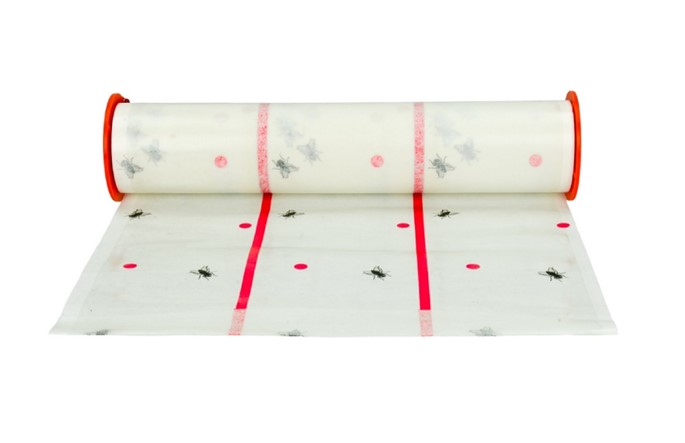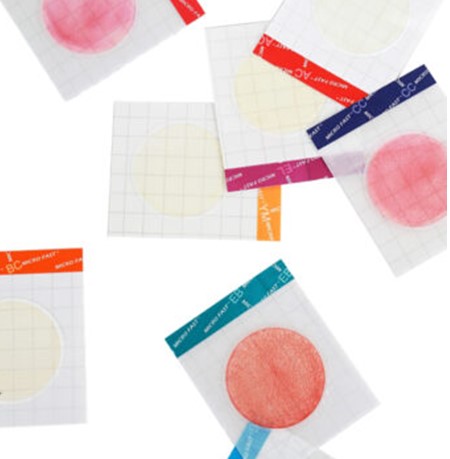Experts about when our shelves will be full of domestic red fish and black caviar
The President of Belarus instructed to find new opportunities for the development of domestic fish farming and, in particular, the production of valuable species - salmon and sturgeon. This proposal was voiced by ALEXANDER LUKASHENKO, where the production of modern feed for the needs of the agro-industrial complex, including for fish farms, has been established. We learned about the prospects for growing delicacy fish and sturgeon caviar in our country.
Need more16 organizations are engaged in fish farming in the country, they produce 15,000 tons of fish a year, of which 500-800 tons of valuable species. Enterprises are ready to increase production. Thus, in the Mogilev region, it is planned to build three new industrial fish breeding complexes with a capacity of more than 1 thousand tons of valuable fish species each. By the way, it is in the Mogilev region that the Lokhva trout farm is located, in one of the structural divisions of which, in the village of Kosichi, Bykhov district, we visited several years ago. DIRECTOR of JSC Yuri Kuksenkov told about the plans, showed the fish farm, the inhabitants of the cool waters of which surprised with cheerfulness and appetite. The product was also impressive - chilled trout packed under vacuum in a film.
How are things at Lohva today?- This year JSC "Lokhva" will produce more than 300 tons of marketable fish, which we will sell on the domestic market, - the HEAD of the farm answered our question and added:
- There were years when we produced even 500 tons - it doesn't happen year after year.
Speaking about the interaction with the BNBC, the head noted:
- A certain amount of feed was taken as an experiment, but so far they have not been finalized to our requirements. The fact is that this manufacturer can produce feed for fish kept in open water bodies, while our trout is grown in closed water supply pools (RWB). When the necessary feed appears, and such recipes are now being finalized by the Institute of Fish Breeding, we will plan.
Your caviar. And purchasedThe Institute of Fisheries of the National Academy of Sciences learned about the prospects for growing delicacy fish and sturgeon caviar in the country.
- Chairman of the Mogilev Regional Executive Committee Anatoly Isachenko set the task: to increase the production of valuable fish species through the construction of new complexes and bring their cultivation in the region to 3.7 thousand tons. The subdivision of OJSC "Lokhva", which deals with planting material, is unlikely to cope with such a task. Its design capacity is about 3 million units. trout fry per year, the real one is somewhat lower. Such volumes are able to cover only 1.5 thousand tons of commercial fish, while for the estimated need it is necessary to double them, - noted Vladimir Kostousov, deputy director of the Institute of Fisheries for Science, Candidate of Biological Sciences.
In such a situation, Vladimir Gennadyevich believes, it is necessary to build a nursery complex similar to the Gorki branch of Lokhva, where trout fry are now grown on imported caviar (French, Polish, Danish, American). That is, to follow the same path as today, only by increasing the volume of caviar purchases.
Belarusian fishermen themselves can grow caviar for breeding trout. But this is not an easy task.
- Modern trout production is based on the cultivation of a single-sex population, oriented towards the production of predominantly females. The fact is that male fish mature a year or two earlier than females, - comments Vladimir Kostousov. - If the first year males and females grow approximately the same, then in the second year the males become more active and stop gaining both in weight and in length. Females, on the other hand, continue to grow and gain weight, thus it is more grateful to "pay" for food, which is quite expensive for premium-class fish - up to 70% of the cost. As a result, the female in the second year of life can grow up to 1.5 kilograms, and the male - only up to 0.75 kilograms.
If Belarusian fish farmers decide to grow trout caviar on their own, this will require special queen cells that will give "mothers" capable of giving the industry sexual reversals - for example, 99% of girls and 1% of boys. Such technologies of trout sex formation have been worked out in many countries and are actively used by fish farmers of the world.
Special purpose productTrout is an element of the red fish market and, along with Atlantic salmon (salmon), determines its volumes. If salmon is grown in sea waters, then for countries that do not have access to the sea, trout is an opportunity to obtain products similar to salmon, but already in fresh water conditions. The cost of trout farming in industrial conditions significantly exceeds the cost of salmon cage farming, so scientists and fish farmers have been looking for ways to increase the efficiency of trout farming and increase the availability of its products. And found. Almost all salmon in the world is grown from eggs of special breeding stock.
“Belarus also buys caviar for growing fry in France, Poland, the usa , Denmark, where there are appropriate methods and technologies based on the use of sex hormones and the subsequent cultivation of sexual revertants,” notes Vladimir Kostousov. - The caviar of such girls (former boys), fertilized by the MILK of ordinary males, gives offspring, where females predominate, who subsequently go to grow marketable fish.
Their reversible mothers that have spawned are sent to the scrap - they cannot be used for any other purpose. In Europe and the USA, such disposal is prescribed at the legislative level. Fish treated with hormones should not be eaten by humans or animals. Belarus also needs to develop appropriate legislation so that producers are not tempted to sell trout that have been treated with hormones. Technologies for obtaining reverse brood stock have already been developed in RUSSIA and the National Academy of Sciences of Belarus.
Sturgeon of the first freshnessIf for trout the producers were "cut tasks" from above, then those who deal with sturgeon are gaining momentum themselves.
- Two years ago, the volume of trout production was 500-700 tons, the volumes decreased to 120 tons, and the production of sturgeon, on the contrary, increased - it exceeded 100 tons, - notes Vladimir Kostousov. - The main herds of sturgeon in Belarus grow in the Selets fish farm, which in 2021 put on the market about 70 tons of this type of fish. Another 15 tons were provided by the Volma fish farm. A number of other enterprises also show interest in sturgeon breeding, but on a somewhat smaller scale, as well as some private structures. Together they produce an average of 10-20 tons of sturgeon per year.
The Institute of Fisheries reminded that Belarus is also a producer of black sturgeon caviar.
- Most of the world's black caviar is currently obtained from aquaculture breeding stock. This is due to the depletion of sturgeon resources in the traditional areas of their fishing (Caspian Sea) and the introduction of a number of restrictions on trade in wild sturgeon products, said Vladimir Kostousov, Deputy Director of the Institute of Fisheries. - Our two private companies - "DG-Center" (Dzerzhinsky district) and "Santa-Bremor" (Brest) - get it from producers grown in pools of closed water supply.
How everything happens there, the private trader does not advertise. At least, "DG-Center" in response to our request to tell about their herds, growing and feeding technologies, decided not to share information. But black caviar of Belarusian production can be bought in the country. On the delivery site of a well-known retailer, a 100-gram jar of such domestic caviar costs 100 rubles.
The PRC is ahead of all in terms of caviar production in aquaculture. The Chinese receive up to 150 tons of caviar per year from sturgeon herds grown in cages. The production of caviar from sturgeon grown in the wild is a rarity.
Tamara MARKINA,
newspaper "7 days".



























































